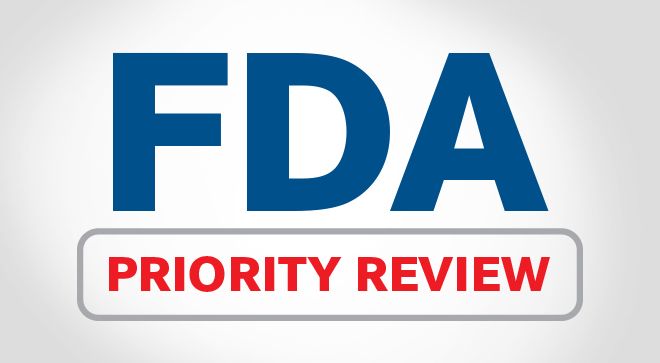News
Article
FDA to Speed Up Review of Tagrisso for EGFR-Mutant NSCLC
Author(s):
The Food and Drug Administration will speed up their review and potential approval of Tagrisso for certain patients with EGFR-mutant lung cancer.
The FDA is set to speed up the review of Tagrisso for patients with EGFR-mutant non-small cell lung cancer.

The Food and Drug Administration (FDA) granted a priority review to Tagrisso (osimertinib) for the treatment of adults with unresectable, stage 3 EGFR-mutant non-small cell lung cancer that harbors exon 19 deletions or exon 21 deletions and has been previously treated with chemoradiotherapy.
Priority reviews fast track the FDA’s review and potential approval of a drug. They are granted to therapies that can potentially offer significant improvements over the current standard of care.
Now, the FDA plans to make its approval decision during the fourth quarter (October through December) of 2024.
The priority review was based on findings from the phase 3 LAURA trial, according to a press release from AstraZeneca, the manufacturer of Tagrisso. LAURA, which was presented at the 2024 American Society of Clinical Oncology Annual Meeting and published in The New England Journal of Medicine, included patients with EGFR-mutant NSCLC.
Participants were randomly assigned to receive Tagrisso (143 patients) or placebo (inactive drug; 73 patients). All patients had to have locally advanced disease, meaning that it expanded from where it started, but did not spread to other parts of the body. Enrollment criteria also required patients’ disease to have EGFR mutations with exon 19 deletion or L858R mutation that did not get worse after chemoradiotherapy.
Findings showed that the drug led to an 84% reduction in the risk of disease progression or death compared to placebo. One year after treatment, 74% of patients on Tagrisso were still alive without disease progression (a statistic known as progression-free survival), compared to 22% in the placebo group. At two years, the progression-free survival was 65% and 13% in the Tagrisso and placebo groups, respectively.
Overall survival (OS) data, which shows how long patients live before death of any cause, were not ready yet at the time the study was presented. This means that not enough patients had died for the researchers to calculate an average. However, OS will continue to be monitored, according to the study.
READ MORE: Tagrisso Could Become Standard of Care for Some With EGFR+ NSCLC
Tagrisso is an oral medication that works by targeting EGFR, a protein that, when mutated, can cause the growth and proliferation of cancer cells, according to AstraZeneca’s website. It was approved in December 2020 for the post-surgical treatment of EGFR-mutant NSCLC, and then later in February 2024 in combination with chemotherapy for locally advanced or metastatic EGFR-mutant NSCLC.
The most common side effects of any severity observed in the LAURA trial were: lung inflammation from radiation therapy, diarrhea, rash, COVID-19, skin infection around the nails, cough, decreased appetite, dry skin, itching, inflamed or irritated mucus membranes in the mouth, decreased red and white blood cell counts, pneumonia and musculoskeletal chest pain.
“Priority review of Tagrisso in this early-stage curative setting is important for patients who currently have no targeted treatments available,” Susan Galbraith, executive vice president, Oncology R&D, said in the press release. “Tagrisso continues to serve patients as a backbone therapy in EGFR-mutated lung cancer, extending progression-free survival in the LAURA trial by more than three years and reinforcing the importance of testing for EGFR mutations at the time of diagnosis.”
For more news on cancer updates, research and education, don’t forget to subscribe to CURE®’s newsletters here.




